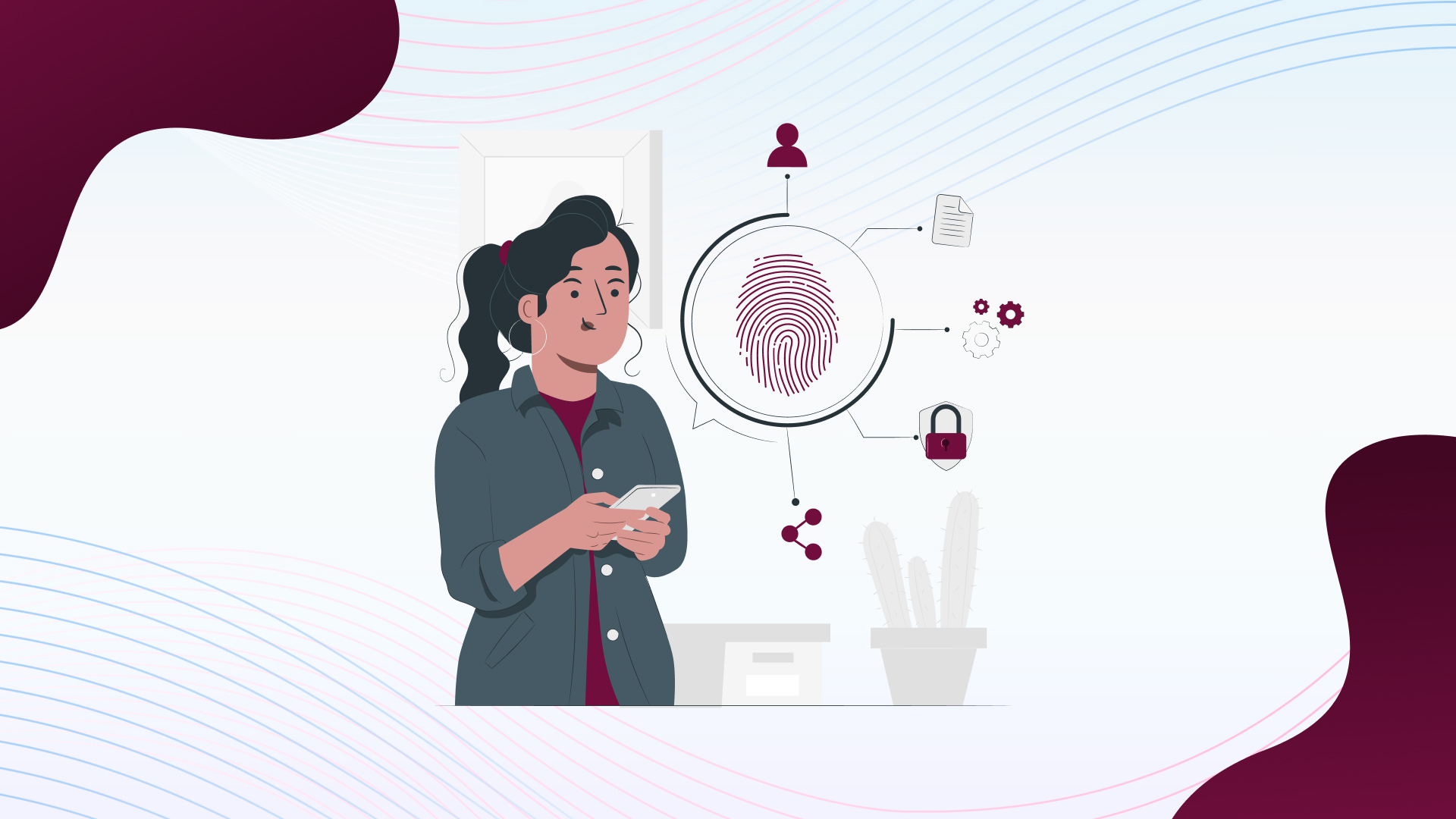
digital forensics and the real world
Introduction
We all have seen movies and TV shows portraying scenes where digital evidence is gathered using computers and data. Traditionally, we see a hacker or an investigator with a computer, controlling all kinds of electronic devices sitting in one place. If ever there is an investigation to occur, forensic experts are called in to gather and address the facts.
As we see on the reel, these ‘experts’ tap a bunch of keys on the computer, use a lot of tech jargon, and they find digital evidence that is then used to convict the criminal. However, the show or movie makers often leave out the facts. While it is all very fascinating to see, how much of it is actually true?
What is Digital Forensics?
Digital forensics is the branch of forensic sciences that deals with the investigation and recovery of digital data related to cybercrime. This branch of forensic sciences, although related to cybercrime, can also be associated with any other form of analysis that involves the storage, recovery, or investigation of data on digital devices.
Forensic experts can analyze, inspect, identify, and preserve digital evidence that may be used in a court of law. The digital forensic teams may receive data that has been compromised by cyber-attacks or encrypted files. The professionals can help determine how the attack took place, when, and in many cases, where it originated. For this purpose, digital forensic teams need to be very careful not to contaminate any piece of data recovered during investigations.
How is Digital Forensics helpful in the real world?
The rise in technology has set a platform for cybercrimes to take place. However, just like human beings leave behind footprints when we walk, cybercriminals also leave behind a digital footprint. Digital Forensic experts find these footprints and trace them back to their origin.
While the mentions of “cyberattacks” and “cybercrimes” have made us think that digital forensics is only focused on uncovering notorious activities, that is not the case. Here are all the ways in which digital forensics is useful in the real world –
Organization and workplace monitoring
Digital forensics can play a vital role in monitoring a work environment. It can be used to help identify employee misconduct, retrieve deleted emails, recover losses, and even investigate the loss or theft of data. Collecting digital evidence in cases of violations of company policy, fraud or harassment, is of utmost importance, and must be done carefully and ethically. Forensic experts can provide evidence to deal with such situations in an ethical manner.
Ransomware attacks
Cybercriminals are becoming excessively aggressive with the volume of attacks and ransom demands in exchange for confiscated sensitive data and information. Digital forensic experts can not only trace the source of these attacks but can also perform a full disk analysis to analyze what data was compromised and how. The results of these investigations can help in facilitating the recovery of the data and may lead to the elimination of the ransom threat.
Criminal investigations
Digital forensics can be used in both private and criminal investigations. Digital evidence is collected to support or oppose a theory in a court of law. This evidence may be used for intelligence gathering or to identify and prevent other crimes. In cases of criminal investigations, all confiscated devices are analyzed by experts to see all the data, and the time, date, and location when it was accessed. This can help the investigators in securing a timeline. Forensic experts can provide their expert advice and may also aid in positing different scenarios of how and when the crime occurred.
Network breaches
A network breach may occur when an outsider finds a way to bypass your security measures and gains unauthorized access to all data and services on your system. Forensic teams are well-equipped and skilled to understand the nature and extent of a network breach. Experts can collect, process, preserve, analyze and present all evidence in such a situation, and identify or prevent such attacks.
Conclusion
While TV shows and movies have captured a lot of this information regarding Digital Forensics accurately, they mostly highlight how this science is used to identify and convict criminals. This branch of science can be used even in the prevention of crimes and malicious activities. Moreover, it is not exactly as easy as it looks on screen. It is necessary to deploy the services of experts in order to investigate and prevent crime. Companies such as RankSecure provide digital forensic services for criminal and personal investigations too. These experts understand that the data recovered might be crucial in law proceedings, and analyze all pieces of evidence as such.
Recent Posts
(DRAFT_Rahul) The Cost of Poor IT Asset Management Lessons from Industry Failures
In the current fast-paced digital environment, information technology asset management (ITAM) is no any longer a “nice to have” but a crucial activity for companies of every size. Effective IT asset management from hardware and software to cloud resources guarantees efficiency, cost saving, and regulatory conformity. Still, many
Comparing Risk vs. Vulnerability Assessments
When it comes to protecting your organisation, the terms risk assessment and vulnerability assessment are often thrown around—but what do they actually mean? More importantly, how do you know if your organisation needs one, both, or neither? In this blog, we’ll break down the nuances, explain when to
India’s Rising Role in Cybersecurity
India’s Rising Role in Cybersecurity India has become a digital powerhouse, with 751 million people actively using the internet—making it the world’s third-largest digital market after the US and China. The government’s Digital India program has transformed how we work, shop, and live. However, this rapid growth







